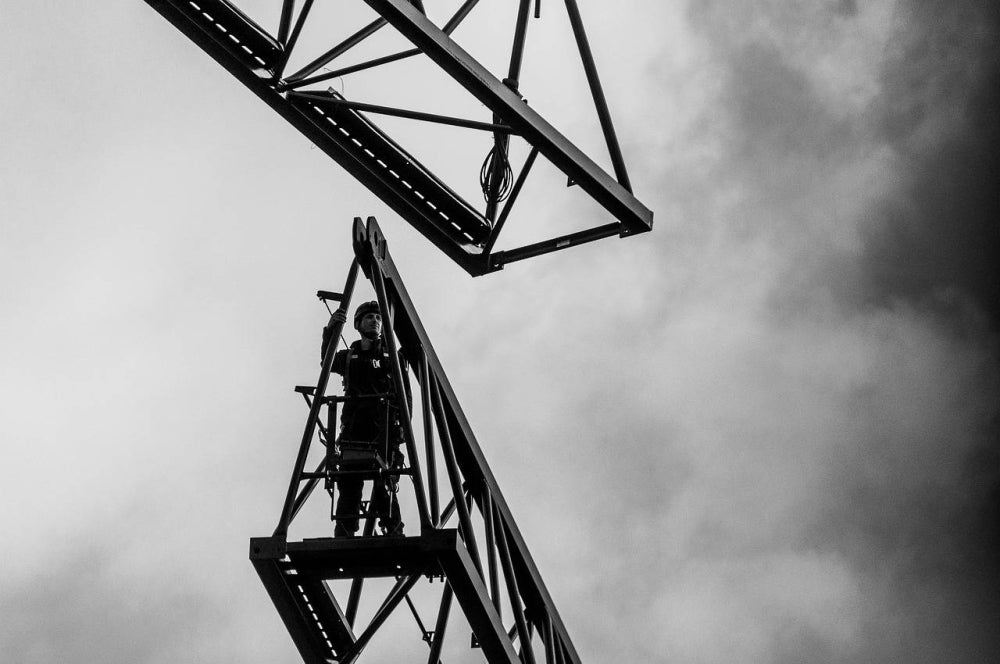Empowering talents to spearhead construction 4.0
SUJATAVANI GUNASAGARAN
The Fourth Industrial Revolution (IR 4.0) has gained the attention of leaders in the construction industry in utilising modern technologies for collaboration, coordination, and communication to deliver a sustainably built environment. Also known as Construction 4.0, it consists of a variety of interdisciplinary technologies that digitise, automate and integrate the construction process at all stages of the value chain based on the digitalisation of the construction industry and the industrialisation of construction processes.
The World Economic Forum (WEF) has stated that the implementation of digital technology increases productivity, streamlines project management and procedures, and enhances quality and safety.1 In return, construction projects are seen to achieve higher productivity, safety, and sustainability.
The Construction 4.0 Strategic Plan (2021–2025) by the Construction Industry Development Board Malaysia (CIDB) revealed a roadmap for the digital revolution in the local construction industry. This plan introduces advanced technologies such as Building Information Modelling (BIM), cloud collaboration, Artificial Intelligence (AI), Internet of Things (IoT), Augmented Reality (AR), Blockchain, Simulation, Autonomous Systems, Robotics, Big Data, 3D Printing, and Additive Manufacturing – all of which help enhance construction competitiveness and productivity.
Construction 4.0 has also resulted in the development of concepts such as Smart Cities, Digital Twins, and Green Buildings. These concepts are seen as important in urban development involving advanced digital technologies, new government models, sustainable management of natural resources, renewable energies, and information technology knowledge. Therefore, to align with Construction 4.0, the industry stakeholders need to transform significantly by adopting emerging technologies.
However, the construction industry is facing a lack of digital talent for the implementation of Construction 4.0. Not to mention that 20 per cent of construction industry workers believe that they lack the necessary digital skills and are unprepared for the current technological developments according to the 2030 Workforce Report.2
Closer to home, the construction industry continues to face an estimated 400,000 employee labour shortage, to which CIDB is closely collaborating with industry associations and the Human Resources Ministry to resolve the issue.
Despite the availability and maturity of many technologies, construction companies still rely on manual labour, heavy machinery, and a business model that has not seen much change in the last 50 years. Modern construction urgently requires smarter resources. Skills shortage, lack of training, and budget are considered the primary limiting factors to adopting digital technologies. Human capital components such as intellectual agility, knowledge, skills, and competencies are considered the most critical success factors for implementing Construction 4.0 technologies.
According to a 2020 survey among construction professionals in Malaysia, 53 per cent of respondents are unaware of the implementation of IR 4.0 technology in the construction industry, while 34 per cent have adopted some of the technologies during their working experience. Interestingly, the remaining 13 per cent were unsure of the connections between listed technologies and IR 4.0. Upon providing the respondents with a list of technologies related to IR 4.0, they changed their point of view and the share of respondents familiar with Industry 4.0 technologies became 47 per cent.
The construction industry is acknowledged as one of the main drivers of Malaysia’s economic growth, and its leaders must transform conventional practices into digital and modern technology. That said, these very leaders and higher education providers need to work hand in hand to develop future tech talents, which is especially important given that technology may eliminate millions of jobs globally by 2030 including construction jobs.
Notably, curriculum structures can be redesigned to acquire an industry-ready digital workforce. Innovative teaching and learning content, delivery, and platforms can be looked into especially seeing how it has evolved tremendously post-pandemic, resulting in innovative e-Learning approaches.
Many pedagogies were tested using gamification, simulation-based experiential learning through AR/VR, AI and machine learning-powered automation, micro-learning, outcome-oriented learning, and mobile learning among many others to enhance online teaching and learning. The digitalisation challenge in any industry is the lack of human interaction, but blended education always emphasises humane face-to-face interaction while integrating digital technology.
As an advocator of digital technology in teaching and learning, I have realised that knowledge and skills are not stagnant in a digitalised world and pedagogies need to evolve to attract Millennials and Gen Z who are tomorrow’s tech-savvy leaders.
Thus, construction management programmes need revolutionising to integrate digital technology and sustainability to develop graduates that are future-ready for the workforce. These talents would potentially be the drive for economic sustainability in construction by supporting green building and Net-Zero Carbon development of our future cities and buildings.
With over two decades of experience as an academician emphasising education on sustainability, creativity, BIM, digital simulation, and IBS, and as a member of Malaysia Green Building Council (malaysiaGBC), Society of Building Science Educators (SBSE) and a Green Building Index (GBI), Dr Sujatavani Gunasagaran is the Programme Director of Bachelor of Science (Honours) Sustainable Digital Construction Management and a Senior Lecturer at the School of Architecture, Building and Design, Faculty of Innovation & Technology, Taylor’s University.
The views expressed in this article are the author's own and do not necessarily reflect those of Sinar Daily.














